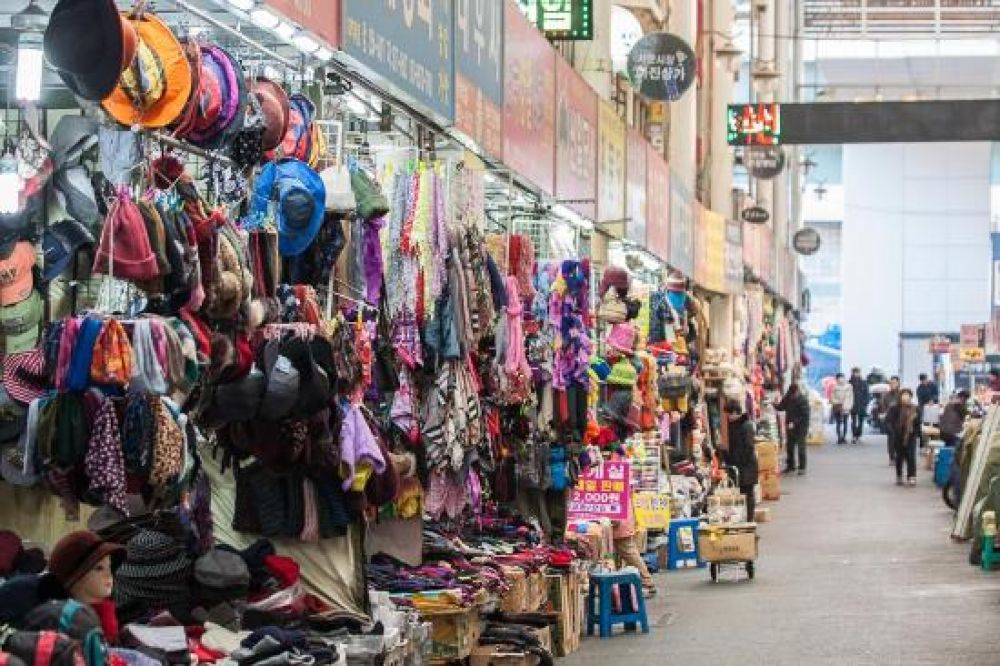

Seomun Market in Daegu, South Korea, is one of the country's largest traditional markets, and its history is a testament to its resilience and cultural importance. Historically, the market dates back to the Joseon Dynasty, where it was established as one of the three main markets in the city during the period. It was originally named "Seomun" meaning "West Gate," as it was positioned near the western gate of Daegu Castle.
The market has been a hub of commerce since the late 17th century, with vendors selling a variety of goods, from silk to handicrafts to metalwork. As the market is located on the Silk Road of Korea, it is particularly famous for textiles, which is a tradition that continues to this day with numerous fabric shops and stalls.
The modern history of tourism in Seomun Market began to take shape after the Korean War. The market underwent reconstruction and was rebuilt into a more structured complex, attracting not only locals but also tourists who were interested in experiencing traditional Korean culture and shopping practices. With its vibrant and crowded alleys, it serves as a living museum of Korean traditional commerce and is an integral part of Daegu's urban cultural fabric.
In recent years, the market has embraced modernity, with vendors combining traditional selling methods with the latest technology, like electronic payments and social media for promotion. Seomun Market has become a must-visit destination for both the unique shopping experience it offers and the glimpse into Korea's historical commerce practices.
Recent trends in tourism at Seomun Market include the following:
Seomun Market's commitment to preserving its traditions while adapting to modern trends suggests a bright future for tourism. With a unique combination of history, culture, and contemporary Korean life, the market is strategically positioned to remain a key attraction in Daegu's urban landscape.